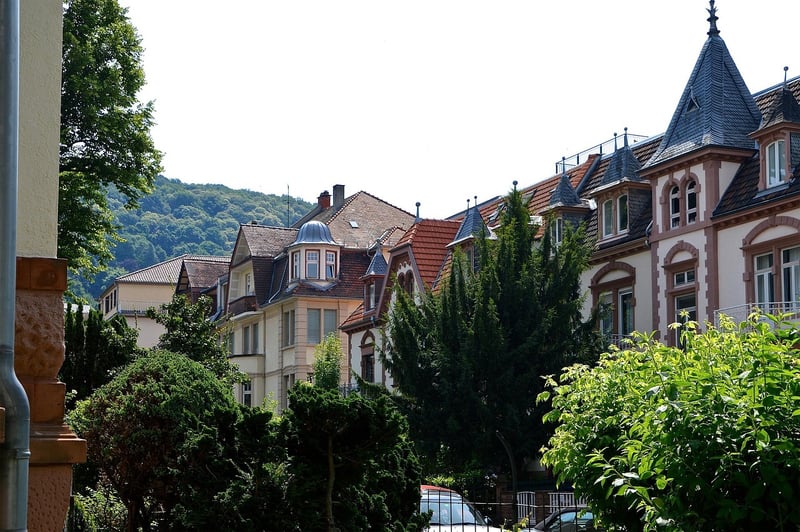Urban Greening
#Sustainable living
#Green design
#Wellness
The Benefits of Vertical Gardens for Urban Greening
Urban areas are often characterized by a lack of green spaces, which can lead to various environmental and health issues. Vertical gardens have emerged as a creative solution to this problem, offering numerous benefits for urban greening initiatives.
Advantages of Vertical Gardens:
- Space Optimization: Vertical gardens make efficient use of space by utilizing vertical surfaces such as walls and facades, allowing greenery to thrive in areas with limited horizontal space.
- Air Quality Improvement: Plants in vertical gardens help purify the air by absorbing pollutants and releasing oxygen, contributing to better air quality in urban environments.
- Temperature Regulation: The presence of vegetation in vertical gardens can help regulate temperatures by providing shade and reducing the urban heat island effect, leading to a more comfortable microclimate.
- Biodiversity Support: Vertical gardens can attract birds, insects, and other wildlife, promoting biodiversity in urban settings and creating mini ecosystems within the city.
- Noise Reduction: The dense foliage of vertical gardens serves as a natural sound barrier, absorbing and diffusing noise pollution from urban activities and traffic.
Urban Greening Initiatives:
Vertical gardens play a vital role in urban greening efforts, which focus on introducing green spaces into cities to enhance environmental sustainability and improve the quality of life for residents. These initiatives often involve the following activities:
- Green Roofs: Installing vegetation on rooftops to reduce energy consumption, manage stormwater, and increase biodiversity.
- Living Walls: Creating vertical gardens on building exteriors to add greenery, improve air quality, and enhance aesthetics.
- Community Gardens: Establishing shared green spaces where residents can grow plants, vegetables, and flowers, fostering community engagement and urban agriculture.
- Pocket Parks: Transforming small, underutilized spaces into green pockets of nature for relaxation, recreation, and social gatherings.
By incorporating vertical gardens and other urban greening practices, cities can become more sustainable, resilient, and livable environments for both people and the planet.

Image source: Pixabay
